The vintage-look trend continues apace, and one watch brand has devoted an entire family within its portfolio to resurrecting timepieces from its long and creative history. In this feature from the WatchTime archives, we explore the origins, inspirations, and varied offerings of Longines’s ever-expanding Heritage Collection.

Trends come and go in the watch world, but the trend toward nostalgia has proven to possess more staying power than most. Fueled by the growth of the pre-owned market and high-profile watch auctions, modern re-creations of vintage timepieces from the early to mid-20th century have proliferated across the industry for nearly a decade now, with just about every brand mining its past for pieces that might appeal to the retro-look tastes of today’s consumer. One watch brand, however, has been servicing this audience longer than most, and with a greater variety of styles: Longines, which traces its history back to 1832 and which began seeing the writing on the wall for the vintage revival as early as the late 1980s.
Of all the watch-world semicentennial milestones that were lavishly commemorated in 2019 — from the first quartz watch to the launches of the Monaco and El Primero — one such anniversary passed by relatively quietly: 50 years since Walter Von Känel joined Longines, founded and still headquartered in his hometown of Saint-Imier and for which he served as CEO starting in 1988. One does not hold on to such a role in today’s ultra-competitive luxury watch industry without having a strong grasp on what the customer wants — even if you occasionally need to be convinced. “The spirit of the company changed in the 1970s,” Von Känel, who retired in June 2020, revealed during a rare interview at the Longines offices in 2019. “The motto at the time at Longines was that the technicians were the bosses. They said, ‘We will produce what we want and you will sell it.’ We [on the sales side] had to change this attitude and this philosophy to something more like, ‘We observe what the market wants and you produce it.’ It took us some time, but I think, overall, this was a good move.” This change in culture — adapting to what the market wanted — was essential to the venerable brand surviving the onslaught of quartz-driven watches from the Far East that threatened and in some cases crippled many of Longines’s Swiss competitors.
The Pioneers
The Longines Heritage Collection as we know it today sprang from what must have seemed an oddball suggestion at the time, posed to Von Känel back in 1987, long before retro-look, vintage-inspired watches were the rage — several years, in fact, before the Swiss mechanical watch began re-emerging as a successful genre from the mire of the Quartz Crisis. That year, it was pointed out, was the 60th anniversary of Charles Lindbergh’s 1927 historic non-stop transatlantic flight from New York to Paris aboard the Spirit of St. Louis — an aviation milestone for which Longines served as official timekeeper on behalf of the World Air Sports Federation. Shortly thereafter, Lindbergh worked with Longines to produce one of its most historically significant timepieces, the first so-called Hour Angle watch, in 1931. The watch’s groundbreaking, rotating-bezel design allowed pilots and navigators to calculate their longitude during long-distance flights — a necessity in those pre-GPS days — allowing them to home in on their geographic location quickly, efficiently and accurately.
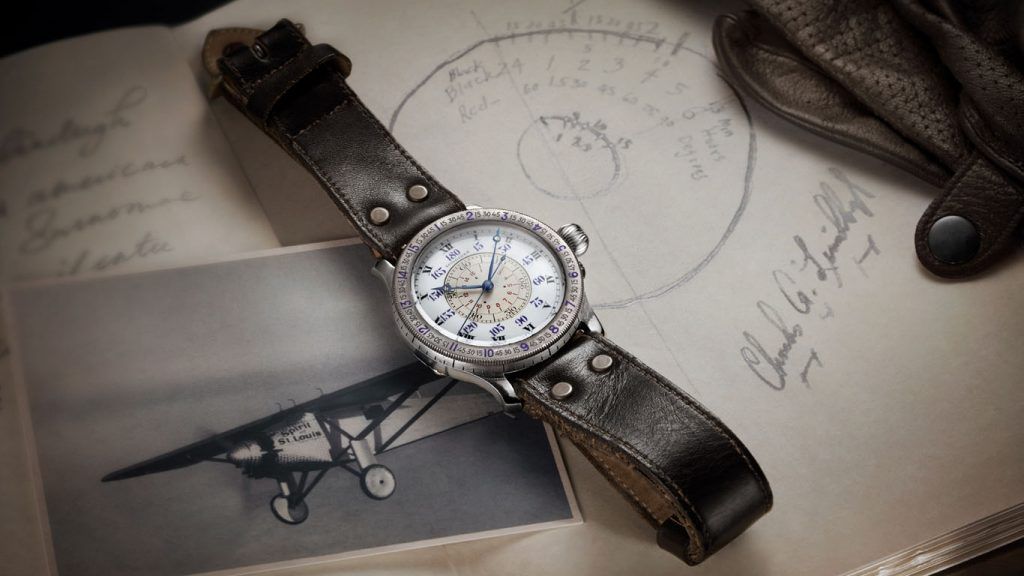
Von Känel made the decision to produce a reissue of the Hour Angle Watch for the anniversary year, which, somewhat to the practical CEO’s surprise, was a hit. Thus was the seed planted for the revival of more pieces from Longines’s extensive, well-documented historical archives.
Pilots’ Watches
Once the Lindbergh Hour Angle had established its bonafides as a historically derived pilots’ watch with modern-day appeal — with the model eventually joining the brand’s modern lineup along with a revival of its historical contemporary, the Weems Second Setting Watch — Longines began to unearth other timepieces from its museum collection that were designed for pilots, many of them intended for military usage during the first and second World Wars.

Longines had already been making dashboard clocks and chronographs for the cockpits of early military planes when it began turning out wristwatches for their pilots in the 1920s. The Avigation Type A-7 models owe their wonky retro look to watches developed during the 1930s for United States Army pilots. The Army (this was long before the Air Force was its own branch) established strict standards for precision, quality and legibility that watches had to meet before being accepted for military use; those that met this criteria were classified “Type A-7.” The Avigation Type A-7, the first modern version of which debuted in Longines’s 180th anniversary year of 2012, had its dial angled 40 degrees to the right, ensuring that it could be quickly and easily read by a pilot, who typically wore it on the inside of his wrist. (“Avigation,” of course, is a mash-up of “aviation” and “navigation.”) The tilted angle ensured the dial was aligned with the aircraft’s instrument panel and the pilot could read it without moving his arm or letting go of the controls. The first Heritage model had a steel case at a substantial 49-mm diameter, a large fluted crown suitable for a pilot’s gloved hands, and a monopusher chronograph built into its movement, Caliber L788. Following up the first black-dialed model was the Type A-7 1935, with a white-lacquered dial and an even more retro aesthetic, with large, stencil-type numerals and skeletonized poire hands, both filled with an antique-look, honey-colored varnish.

Longines resurrected another style of Avigation watch, the so-called BigEye model, in 2017. Based on a watch produced in the 1930s, the Avigation BigEye has a semi-glossy black dial with big luminous Arabic numerals and an extra-large 30-minute chronograph counter at 3 o’clock (the “big eye” referred to in the model name). The dial also has a 12-hour counter at 6 o’clock and a subdial for running seconds at 9 o’clock, as well as a more traditional two-pusher chronograph layout, powered by automatic Caliber L688, an ETA A08.L01 modified exclusively for use by Longines.
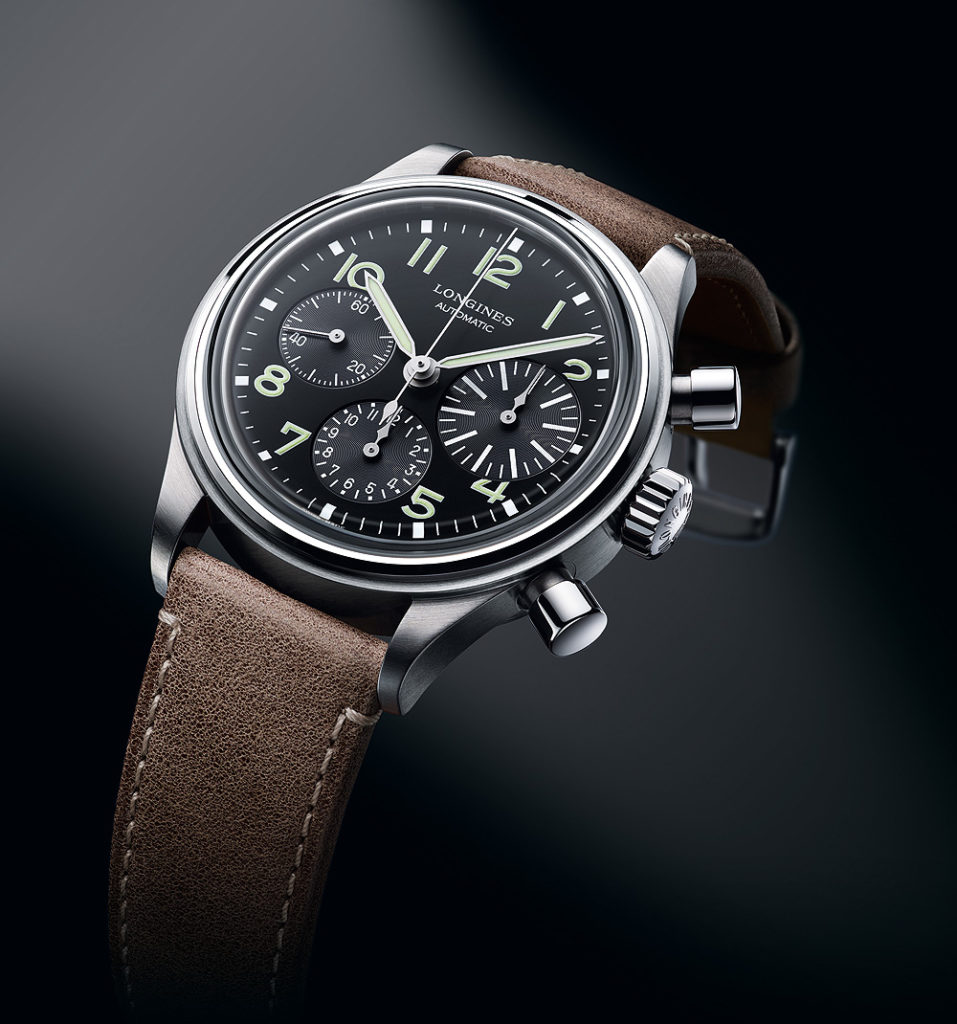
Diving Watches
With its rich aviation history already well represented in the expanding Heritage collection, Longines turned its attention to another enduringly popular timepiece category: divers’ watches. Here again, Von Känel and his team had no shortage of historically significant museum pieces from which to draw inspiration. A watch launched in 1960 and designed in the classical “Super Compressor” style — used by brands such as Wittnauer, Enicar and Alpina as well as Longines — provided the template for the first Legend Diver, released in 2007. Its inner rotating dive-scale flange, a response and alternative to the now-ubiquitous external rotating bezel pioneered by the Blancpain Fifty Fathoms, is operated by a second crown at 4 o’clock on the steel, 42-mm case and also locks the flange in place for timing a dive. The dial is black with white details in a decidedly retro layout, and the scuba-diver relief engraving on the solid caseback also hearkens back to the original. Under that caseback beats the Longines Caliber L633 (a modified, self-winding ETA 2824/2), with a power reserve of 38 hours. A decade after its debut, in 2017, Longines released this watch on a vintage Milanese bracelet for an even more period- appropriate look, then added a modern twist to it a year later with a black PVD-coated version.

Jumping ahead in its archives to 1967, Longines found another diver worthy of a second act, this one a chronograph with a bicompax dial and a striking burgundy-colored bezel. The Legend Diver 1967, released in 2015, boasts a number of faithful homages to its ancestor, including baton hands and silvered subdials, while also adding a third black subdial, a date window that surely will irk some purists, and a relatively modest 2 mm to the overall case dimensions, for a total of 42 mm.
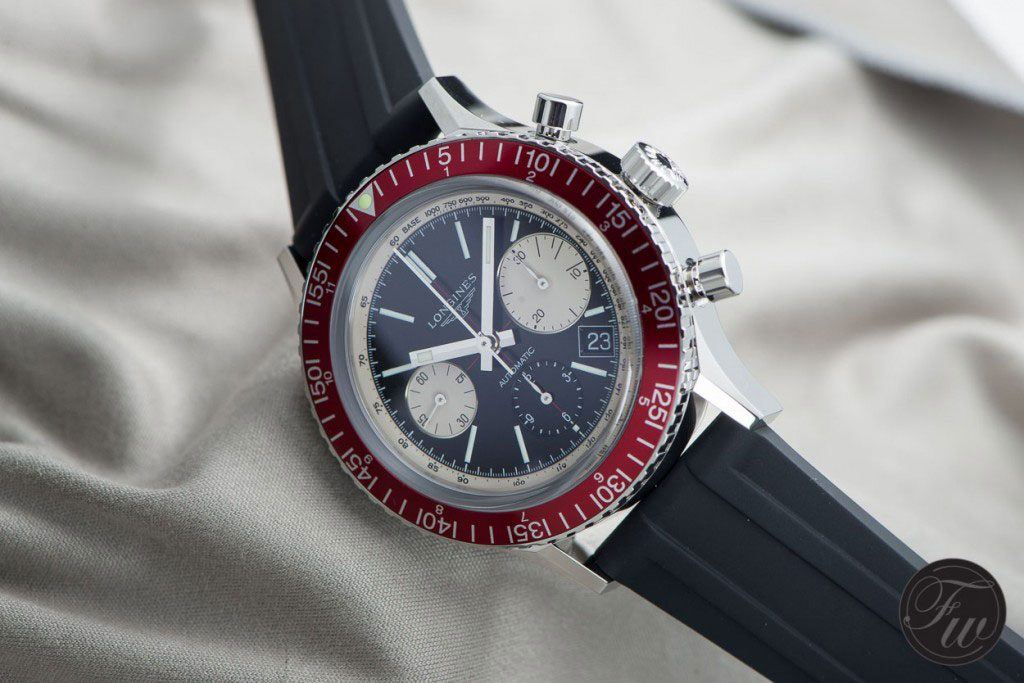
With dive watches continuing to surge in popularity, Longines delved a bit further back into the past for its most recent seaworthy Heritage piece, the much-discussed Skin Diver, which debuted at Baselworld 2018, the last year that Longines and its brethren in the Swatch Group participated in that international watch fair. For this one — another stainless-steel model at a 42-mm size and 300-meter water resistance — Longines took its cues from a 1958 reference, the T910, and strayed as little as possible from the retro charm of the original. Its designers even resisted adding a date window to the matte black dial and retained the very vintage-look cursive “Automatic” indication above 6 o’clock. The black, ratcheting divers’ bezel, made of coated steel rather than the Bakelite of the original, is one of the few concessions to modernity. The time-only Skin Diver is powered by the L619/888 caliber, the same mini-engine that drives the models in Longines’s other major dive watch family, the more contemporary HydroConquest. “Retailers are always complaining that they need more divers’ watches,” said Von Känel. “This year I am on pace to sell about 200 times as many dive watches as I sold in 1992.” The Heritage Divers, in effect, are a two-fold response to market desires.

Military Watches
With the air and the sea covered, Longines turned its attention to the land, and the rugged, utilitarian “field watch” style of timepiece that it produced for military units in the years spanning the 20th century’s World Wars. In 2013, the company released a trilogy of historically derived pieces that it named Heritage Military 1938. The mini-collection included a simple three-hander with date, a GMT and a two-register chronograph, all powered by self-winding ETA movements and housed in steel cases and all having their aesthetic roots in a 1938 model. The first model to be dubbed “Heritage Military” (sans a year suffix) debuted in 2016 and took its cues from a model produced in 1918, at the tail end of World War I, and currently residing at the Longines Museum. Its large Arabic numerals, Breguet-style hands, railroad-track chapter ring and small seconds subdial at 6 o’clock, all popular elements of the era, were retained on the contemporary version, along with a few modern changes and updates, the most notable of these the addition of a date window overlapping the 6 o’clock small seconds subdial and a modern rather than vintage Longines logo. Inside the 44-mm steel case — with smoothly integrated curving lugs rather than the thin prongs of the original — is the self-winding ETA 2895/2, aka the Longines Caliber L615.3.

A very specific watch from World War II provided the blueprint, and the origin story, for the next Heritage Military, released in 2018 and even more period appropriate in its details than its predecessor. The historical Longines watch that inspired the contemporary piece was issued to members of Britain’s Royal Air Force (RAF) during the 1940s. The new piece takes its most-direct design cues from a model recovered by a collector in England, which was worn aboard an aircraft by a decorated British war veteran, RAF radiotelelegraph operator Stanley Turner. The 38.5-mm case evokes the dimensions of Turner’s watch, which was only slightly more modest in size, at 32.5 mm. The vintage watch’s oversized winding crown, designed for ease of use while at the controls in a cockpit, also made its way into the design of the modern timepiece, along with the box-form crystal. The opaline dial, with historically accurate blued steel hands and Arabic numerals, achieves an intriguing “faux patina” through a fine misting of paint droplets used to mimic the oxidation found on the dials of historical models. The process, used for the first time by Longines and executed entirely by hand, makes each model unique in a subtle way. Another notable detail: despite the presence inside the case of a self-winding mechanical movement (the Longines Caliber L.888.2, based on the ETA A31.L01), the dial remains true to its 1940s aesthetic by eschewing the use of “Automatic” on the dial, making it the only automatic Longines watch in the current collection to do so.
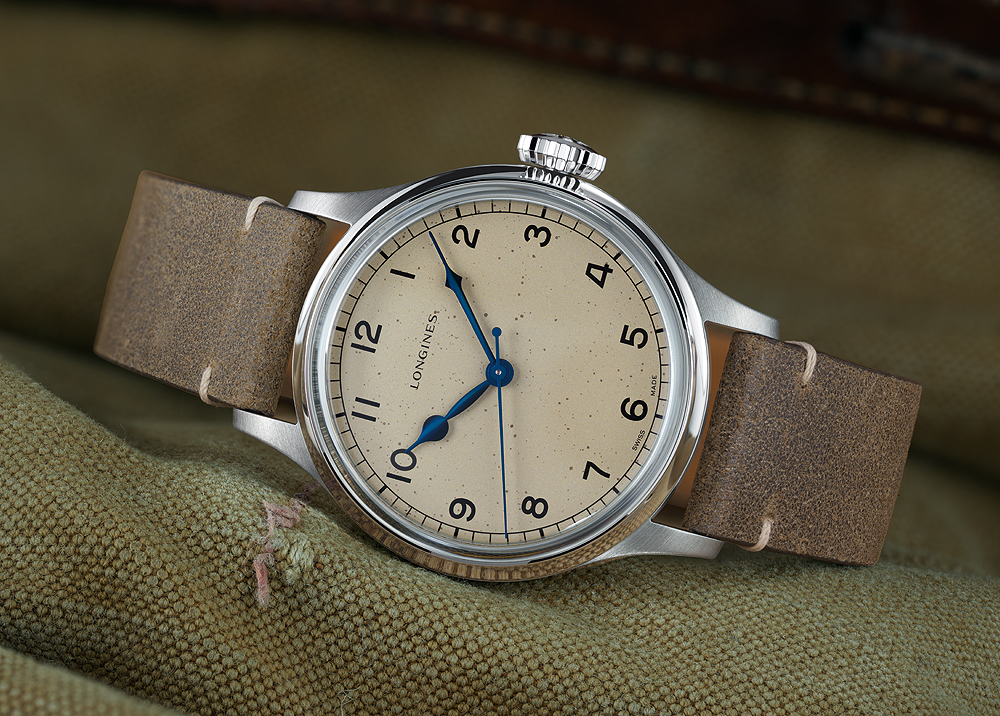
The trend within the “retro look” trend — toward an even greater emphasis on historical accuracy, as demanded by consumers and enthusiasts — was likely a factor in the most recent release in the Heritage Military series, the revamped Heritage Military 1938. This simple two-hand, small-seconds timepiece goes back to the basics of its ancestor, sporting a 43-mm steel case — the same size as the original — with a thin, beveled bezel and a crown described by Longines as “sea urchin shaped” for easy operation by troops in the field (never mind the fact that the original piece was issued in the period between the World Wars). The matte black dial, with its baton-style rhodiumed hands, Arabic numerals, and railway track minutes scale, reflects the earlier model’s simple, ultra-legible design, as does the small seconds subdial at 6 o’clock, ringed by its own railway-track scale. The hands and numerals project an aged “vintage” look with their coating of cream-colored Super-LumiNova. Most importantly for purists, this model dispenses with the somewhat anachronistic date window found on the 2013 watches of the same name and inspiration.
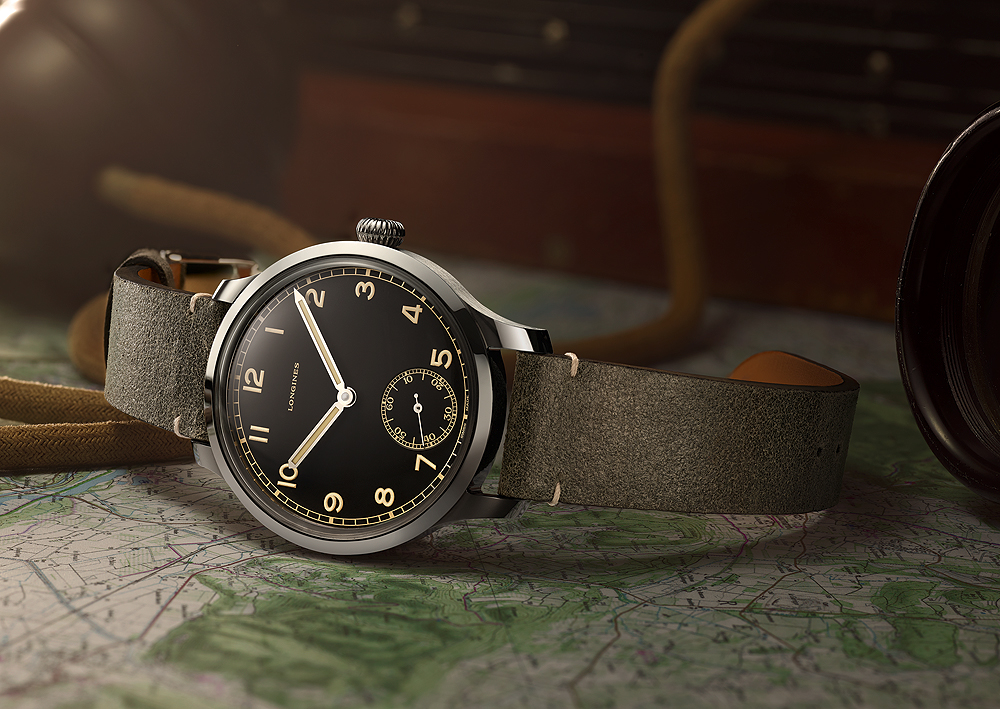
The ’60s and ’70s
Not every timepiece in the Heritage collection was designed to call to mind tanks on a battlefield, frogmen on a dock or pilots in a fighter-jet cockpit. Longines unearthed some of its more recent history to offer watches clearly influenced by the design morés of the Swinging Sixties and Groovy Seventies. The Heritage 1968 — a rarity for Longines, which offers few non-round pieces in its men’s collections, and few in precious metals — is a square-cased reissue of a model from the historically turbulent year in which Robert F. Kennedy and Martin Luther King were assassinated and the Vietnam War escalated. Available in two sizes, 33 mm and 22 mm, and in either a steel or rose-gold case, it has a silvered dial, with a brushed finish, which features black, finely painted Roman numerals and a subtle chapter ring on its periphery. The centers of the hour and minute hands — rhodiumed in the steel version, gold in the gold version, have a touch of black varnish that echoes the lines of the numerals and contrasts with the dial. The date window on this one has a funky rhomboid shape and is placed on a tilt at 4:30. The smaller version of the Heritage 1968 contains automatic Caliber L595.2 (ETA 2000/1), with a power reserve of 40 hours. The larger version is powered by Caliber L619 (ETA 2892/A2), also an automatic, with a 42-hour power reserve.
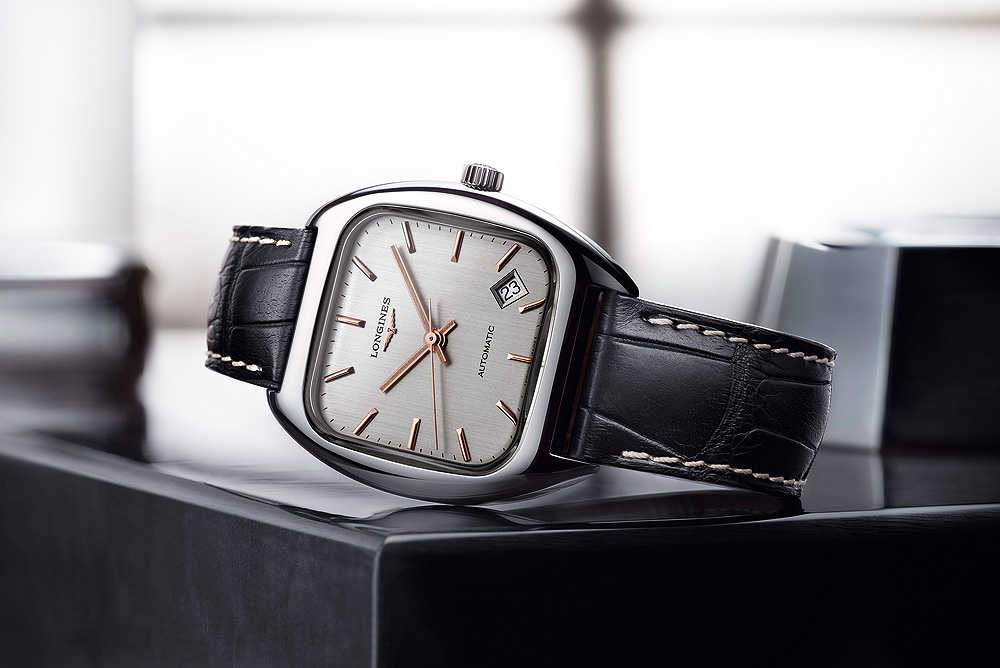
The following year, 1969, was also chockfull of historical events, some of them recalled fondly (Woodstock, the moon landing), others less so (Chappaquiddick, the Manson Family murders). It also conjures up a very distinctive era of watch design that would stretch into, and evolve in, the 1970s. The Heritage 1969, launched in 2016, replicates the cushion-shaped case of the original model, culled again from the brand museum in Saint-Imier, which was a popular style for watches in the 1960s and ’70s. The original was available in steel, steel with gold plating, or 18k gold; the modern version comes in a stainless-steel case with a brushed, sunray silver dial. The applied hour indexes are rose-gold colored, as are the hands. The date aperture is positioned at 4:30, as it was on the historical watch. At 36 by 36 mm in diameter, and fitted with a box-form sapphire crystal, the case is modest by today’s standards and thus suitable for both men and women, as well as aesthetically true to its predecessor, which made its debut in an era of much smaller watch sizes. Longines used another cushion-shaped case, this one a bit larger at 40 mm, for its Heritage 1973 model, a chronograph outfitted with the Longines-exclusive automatic column-wheel Caliber L688. The Heritage 1973 is a modern homage to a museum piece that housed the vintage Longines Caliber 30CH and sported a bicompax, black-and-white “Panda” dial — a style made famous by the legendary “Paul Newman” Rolex Daytona from the 1960s and which has enjoyed a renaissance in the years since this watch’s release in 2013.

Dress Chronographs
While wristwatch chronographs were inventions sparked by necessity, they nevertheless evolved, in many cases, into dress watches as well, and Longines over its history produced many notable examples. The Longines Heritage Chronograph 1940, released in 2017, resurrects a notable example from the war years, with elegant aesthetic flourishes like the silvered main dial with its vertically brushed pattern, the parallel subdials at 3 and 9 o’clock with their contrasting, pearly-white, snailed finish, and the gold-toned hands, numerals, and dot indexes. The railway-track minute scale is a period-appropriate feature from the museum piece it’s based on, as are the notably large and rectangular chronograph pushers rarely seen on today’s chronographs — and the increasingly prevalent absence of a date indicator. At 41 mm in diameter in stainless steel, the case houses the self-winding Caliber L.705.2, which is built on an ETA Valgranges A07.231 base and specially modified for the brand.
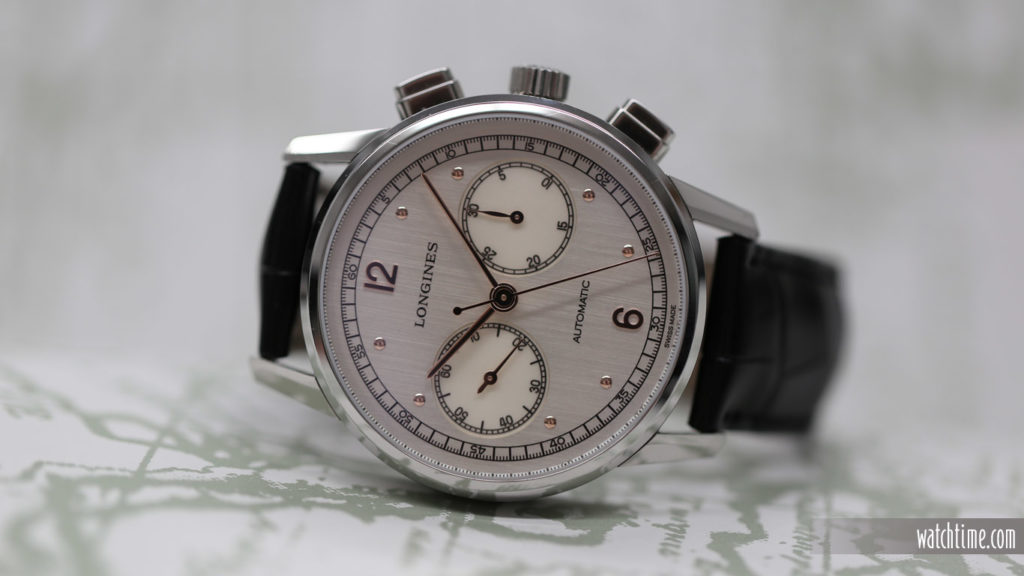
Finally, just this year, Longines unveiled another elegantly appointed chronograph wristwatch reviving a postwar model, the Heritage Classic Chronograph 1946. Reviving a design from a period during which Longines excelled at such luxury timepieces, the watch has a 40-mm steel case surrounding a domed, silvered opaline dial with painted Arabic hour numerals in the contemporary “Dolphin” style and blued steel, leaf-shaped hands. The subdials at 3 and 9 o’clock, for running seconds and 30 chronograph minutes, are finely embossed into the main dial, and the antique Longines logo is subtly applied at 12 o’clock. Encasing the L895.5 automatic caliber (ETA A31.L2 base), with a 54-hour power reserve, the watch comes on a soft-textured, semi-matte black strap with a finish that imparts it a patina of age.
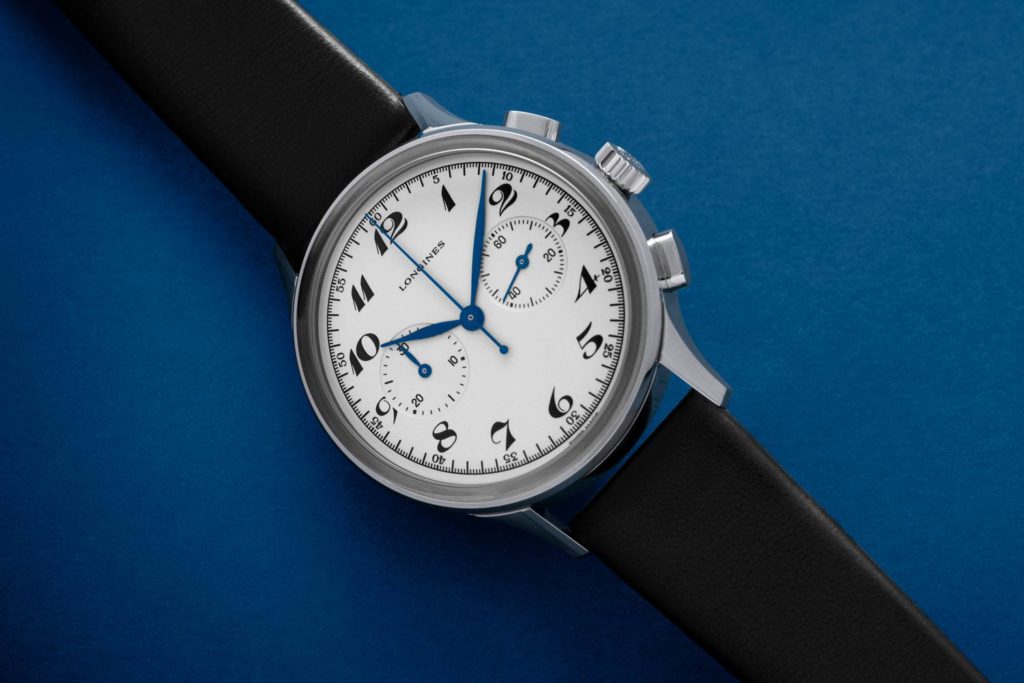
As the vintage-look revival continues to roll on throughout watch fandom, it’s likely that the Longines Heritage Collection will continue to expand and diversify its offerings. Having nearly two centuries of watchmaking history to draw from is, of course, an advantage in this increasingly competitive arena. And so is having a receptive ear to the wants and needs of the market. “You’re never going to be 100-percent right,” Von Känel admits, “but if you analyze, and listen to the end consumer, you’ll have some success.” Maybe even 50 years of it.

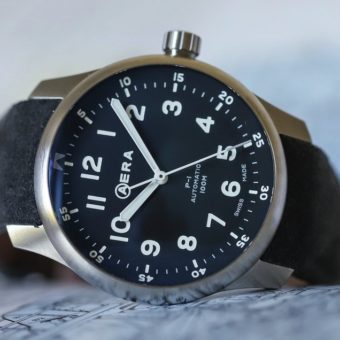
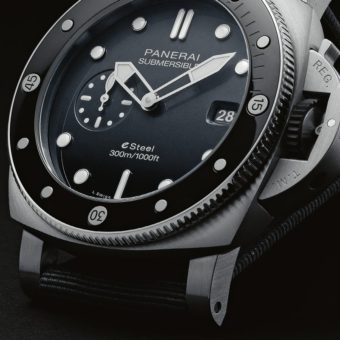
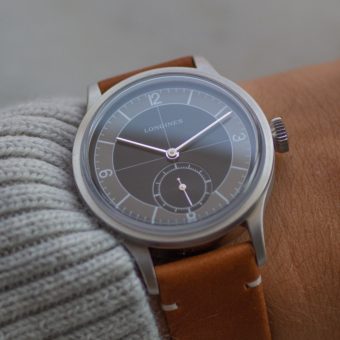


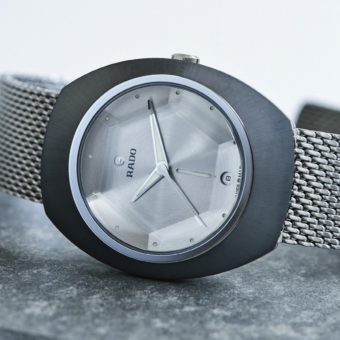
Longines has been absolutely killing it in recent times with their heritage collection.
I think the Swatch group has made a strategic mistake pushing Omega’s as their premium brand as apart from their Speedmaster and Constellation range they are really lacking in heritage. Longines has this in spades….
I had bought Longines watch for my wedding about 40 years ago.. I still keep it but not in working condition. Please advise what to do
Love the 1969. Seen it once in the metal in Paris. I kinda regret not buying it, haven’t seen one for sale even on the secondary since, and I’ve been hunting for it.
Hear is from the expert. Longines is a surviver.
When listening to the customer they do a job. To this customer, i, they listen.
I wear at this moment a beautiful heritage Longines watch, which is very cherish.
For the first time i get emotional while writing. Never happen, the first watch comment i do feeling deeply heart loving. Like a man met his first new bought Ferrari, and say to himself, i dreamed for this car, and finally i own a Ferrari FF.
Longines is one of a kind.
More wishes?
Yes, and maybe they have watches with silicon hair springs, balance wheel, and a 7 days power reserve and even more.
Nice article, i’ve share this in facebook group for Longines fans, hope it’s ok and don’t violent Your rights.